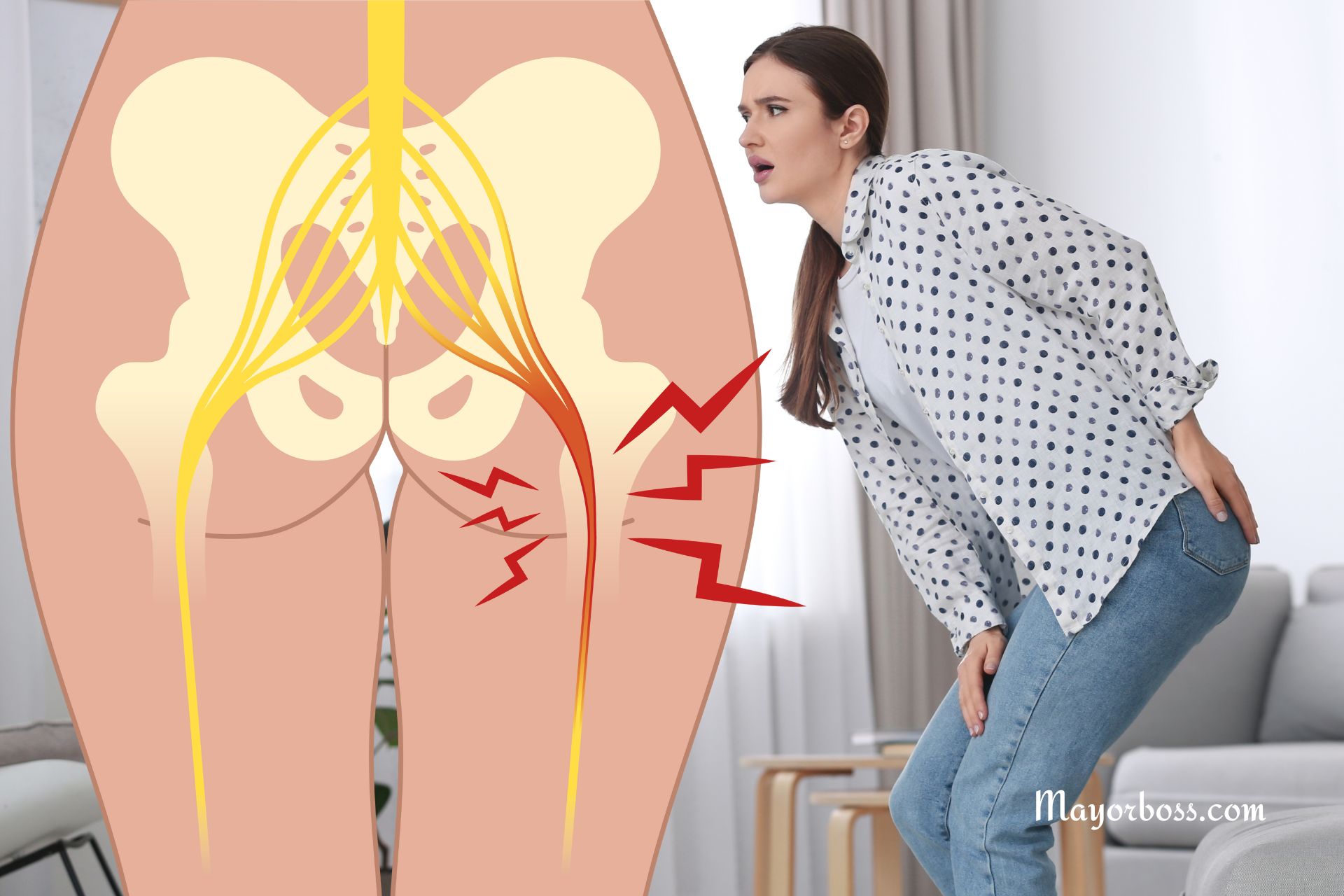Why You Should Never Ignore Sciatic Nerve Pain
If you have felt sharp aches that shoot down your lower back, hips, or legs, you may have experienced sciatica. This condition can start as a simple inconvenience, only to grow into a serious problem if left untreated. Here is why tending to sciatic nerve pain right away is so important.

What Is the Sciatic Nerve?
The sciatic nerve is the largest nerve in the human body. It begins in the lower back area, travels through the buttocks, and runs all the way down each leg. Because it stretches over such a long distance, it holds great importance for our ability to stand, walk, and even sit properly.
When people say they are experiencing sciatica, it typically means that the sciatic nerve has become irritated or compressed. This can happen for a variety of reasons, such as a slipped disc in the spine, inflammation in surrounding tissues, or tight muscles pinching the nerve. Although the trouble often starts in the lower back, the resulting pain can radiate through the buttocks and legs.
Warning Signs of Sciatic Nerve Pain
Sciatic nerve pain is easy to identify once you are aware of the signals. In many cases, it begins as a stabbing or burning sensation in the lower back or buttocks. Then, the discomfort can travel down the back of the thigh, into the calf, and sometimes even reach the foot. Typically, people describe it as “shooting” pain that grows worse whenever they move or adjust their position.
Here are some telltale signs that you might be dealing with sciatica:
- A sharp or burning ache starting from the lower back to the legs
- Numbness or tingling around your buttocks or legs
- Muscle weakness in the leg or foot
- Pain that becomes worse when you cough, sneeze, or change position suddenly
If you notice any of these symptoms, it is better not to dismiss them. See your doctor.
Why You Shouldn’t Ignore Sciatic Nerve Pain
It might seem easy to ignore mild sciatic pain, especially if it appears only during certain activities or times of the day. However, postponing an evaluation can be risky. Over time, an untreated nerve condition can worsen, leading to greater pain, reduced mobility, and possibly permanent nerve damage. In some cases, patients lose bowel and/or bladder function.
Progression of Symptoms
When sciatica begins, you might only feel a slight ache. But as days or weeks pass, the pain might increase in intensity. In some instances, the numbness grows, or you lose more sensation in the leg. This can make daily tasks—like climbing stairs or getting out of a chair—very difficult.
Long-Term Risk
A key danger is that ignoring sciatic pain could allow the underlying cause to worsen. For example, if you have a herniated disc and do not seek care, you might end up with more extensive damage that could have been prevented. In the worst cases, nerves can lose their ability to send signals properly, leading to muscle weakness or even loss of bladder control.
Common Causes of Sciatica
Numerous factors may contribute to sciatic nerve pain. Let us examine some of the most frequent causes:
- Herniated Disc
The discs in your spine act like cushions between the vertebrae. If a disc slips or ruptures, it can press on the sciatic nerve and cause constant irritation. - Degenerative Disk Disease
As we age, our spinal discs begin to wear down. This can create bone spurs or other growths that push against the sciatic nerve. - Piriformis Syndrome
The piriformis muscle is located in your buttocks, near the sciatic nerve. If it becomes tight or inflamed, it can compress the nerve and set off painful symptoms. - Spinal Stenosis
Sometimes, the open spaces in your spine become narrow. This condition, known as stenosis, can put pressure on the sciatic nerve, leading to discomfort. - Injuries or Accidents
A sudden impact from a fall or car accident may injure your spine or hips, setting the stage for lingering sciatic nerve problems.
Prevention and Care
The good news is that many cases of sciatic nerve pain can be prevented or managed through a few simple measures. Below are some tips that might help keep your spine in top shape and limit nerve irritation.
- Practice Good Posture
Slouching can strain your spine and cause nerves to become pinched. Whether you are walking, sitting, or lifting, try to keep your back straight and shoulders back. - Stay Active and Exercise
Activities that strengthen your core muscles—like moderate yoga, swimming, or gentle stretching—can help support your spine. An active lifestyle improves blood flow, prevents stiffness, and builds up the muscles that protect your spinal discs. - Use Proper Lifting Techniques
If you are picking up a heavy box, bend at your knees and keep your back straight. Avoid twisting your torso while lifting, as this puts extra stress on your discs. - Stand Up and Stretch
Many people spend hours seated at work or school. Taking breaks to stand and stretch may reduce tension in your back and legs. - Seek Professional Advice
When dealing with persistent sciatic nerve pain, medical consultation is your best course of action. A health professional can recommend targeted exercises, medications, or physical therapy.
Final Thoughts
Sciatic nerve pain should never be brushed aside. What starts as a minor backache can evolve into severe pain and even long-term damage if not addressed promptly. Paying attention to the earliest signs, practicing good posture, and staying active are some of the best ways to protect yourself from this often debilitating condition.






